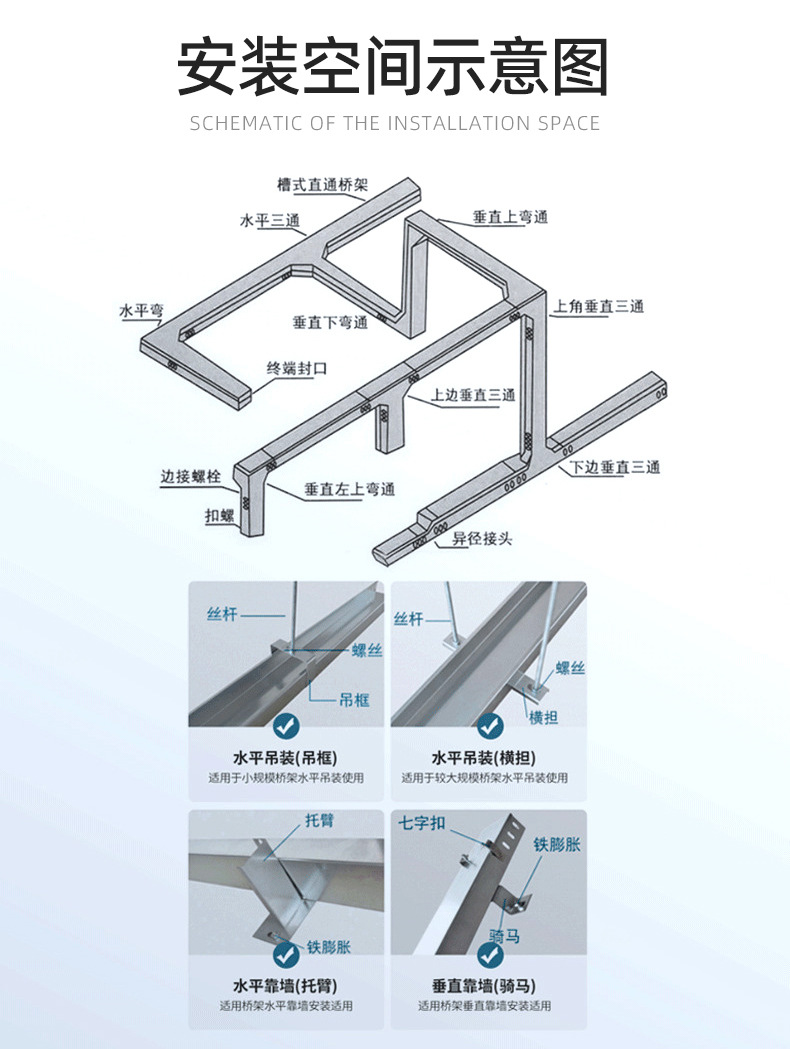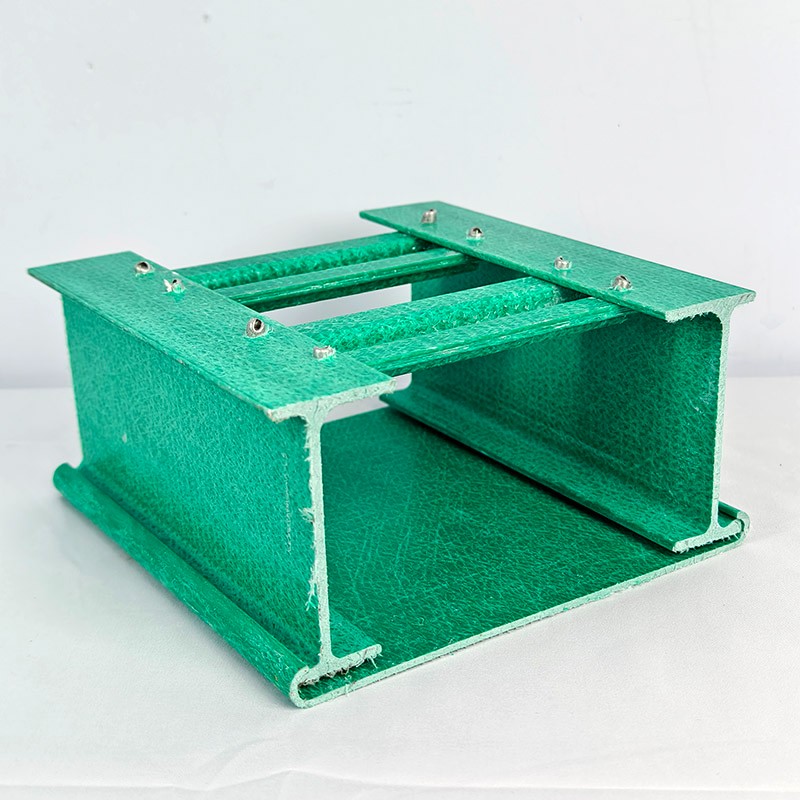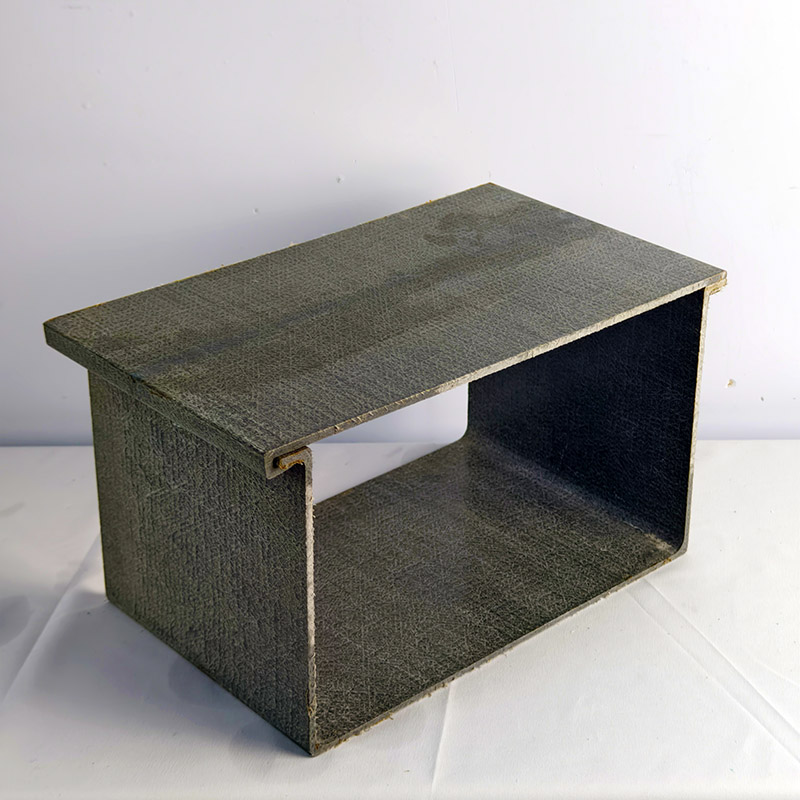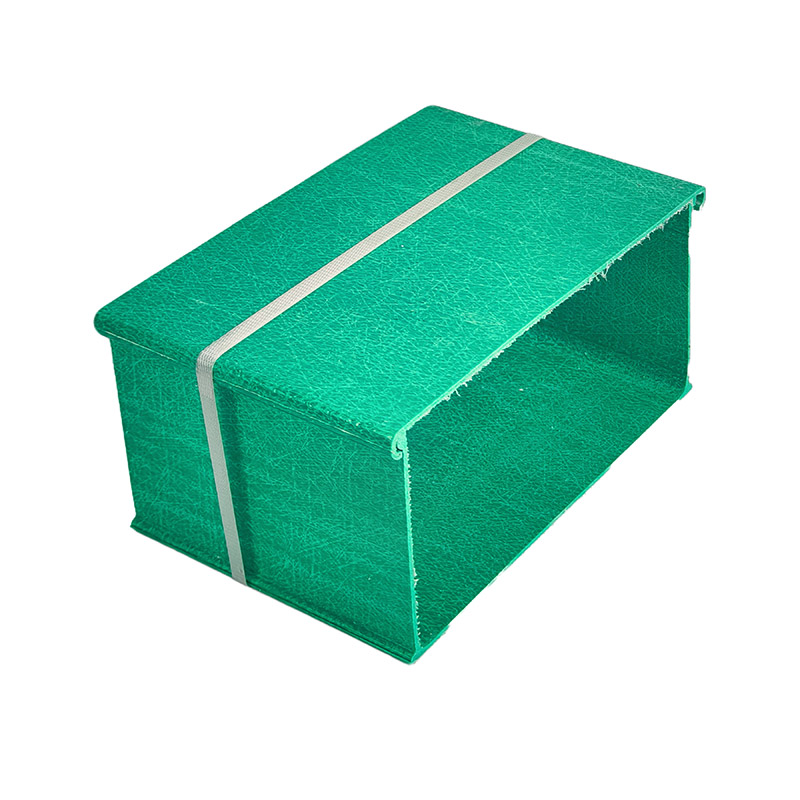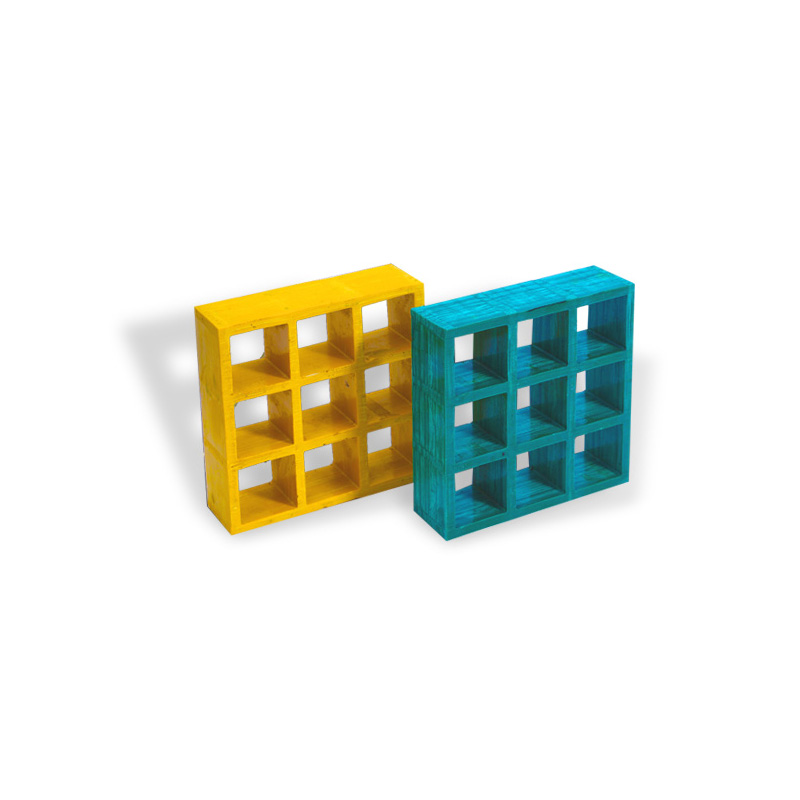How does GangLong Company introduce how to organize cables for cable tra
Firstly, how to organize the cables on the cable tray: In general, it is not very difficult to organize the ca
Firstly, how to organize the cables on the cable tray: In general, it is not very difficult to organize the cables in the floor cable tray. We only need to straighten and organize them directly in its direction without the need for bundling. In addition, the cables in the main cable tray need to be tied with zip ties for simple bundling, to distinguish different floors and reduce gravity tension of the cables, thereby avoiding changes in their physical properties (stranding degree, length, etc.) and electrical performance.
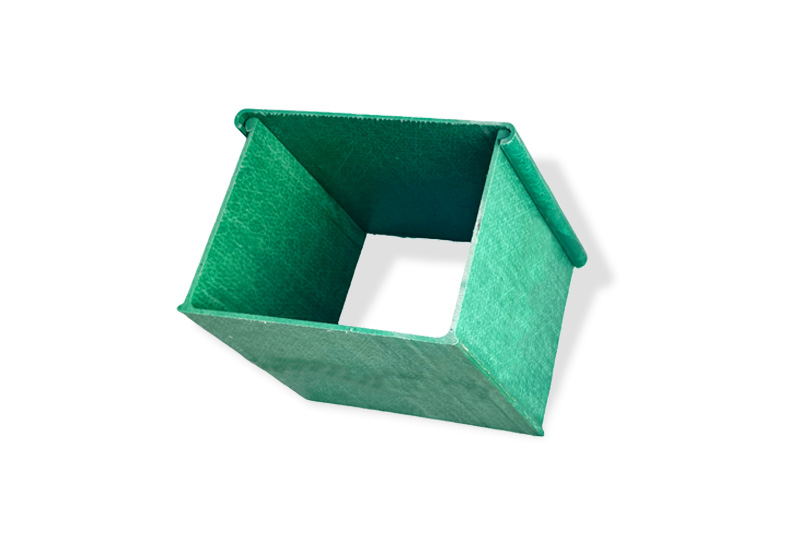
Next is how to organize the cables in the distribution frame, which needs to be further divided into two sections:
A: Organize front panel cables: If the switch and distribution panel are located in the same cabinet, simply select the appropriate length of jumper, loop the jumper, and place it in the cable organizer. Then, connect the two ends to the switch and patch panel ports respectively. After all connections are completed, cover the cable manager cover. If the patch panel and switch are located in different cabinets, longer jumpers must be used to organize the jumpers. In addition to using cable cutters to organize cables on the front panels of distribution frames and switches, vertical sections should also be organized using vertical cable cutters.
B: Organizing the rear cables: The rear of the distribution panel concentrates all horizontal wiring in the network cabling system, so there is a large amount of cables that need to be organized. In general, the cables in each distribution frame should be tied and fixed in sequence with nylon ties after being sorted out. The binding and fixing direction of horizontal cables should alternate left and right to facilitate the vertical part being fixed on both sides of the cabinet. Then, bundle and fix all vertical cables on both sides of the cabinet in sequence. When bundling and fixing cables, attention should be paid not to excessively bend the twisted pair, and the zip ties should not be tied too tightly to avoid affecting the electrical performance of the cable.
